- Perms can add texture, enhance curls, or straighten hair, and work on any length.
- Today's perms create loose, varied waves that mimic naturally curly hair and last four to six months.
- Using styling products designed for curly hair and sulfate-free shampoo every two to three days keeps permed curls smooth and frizz-free.
- Hydrate and strengthen your hair with masks and conditioners before your appointment, and avoid washing or styling for at least two days after to let the new bonds fully form.
- Skip brushing, tight hairstyles, and heat tools; instead, use your fingers or a wide-tooth comb to gently detangle and let your hair air dry whenever possible.
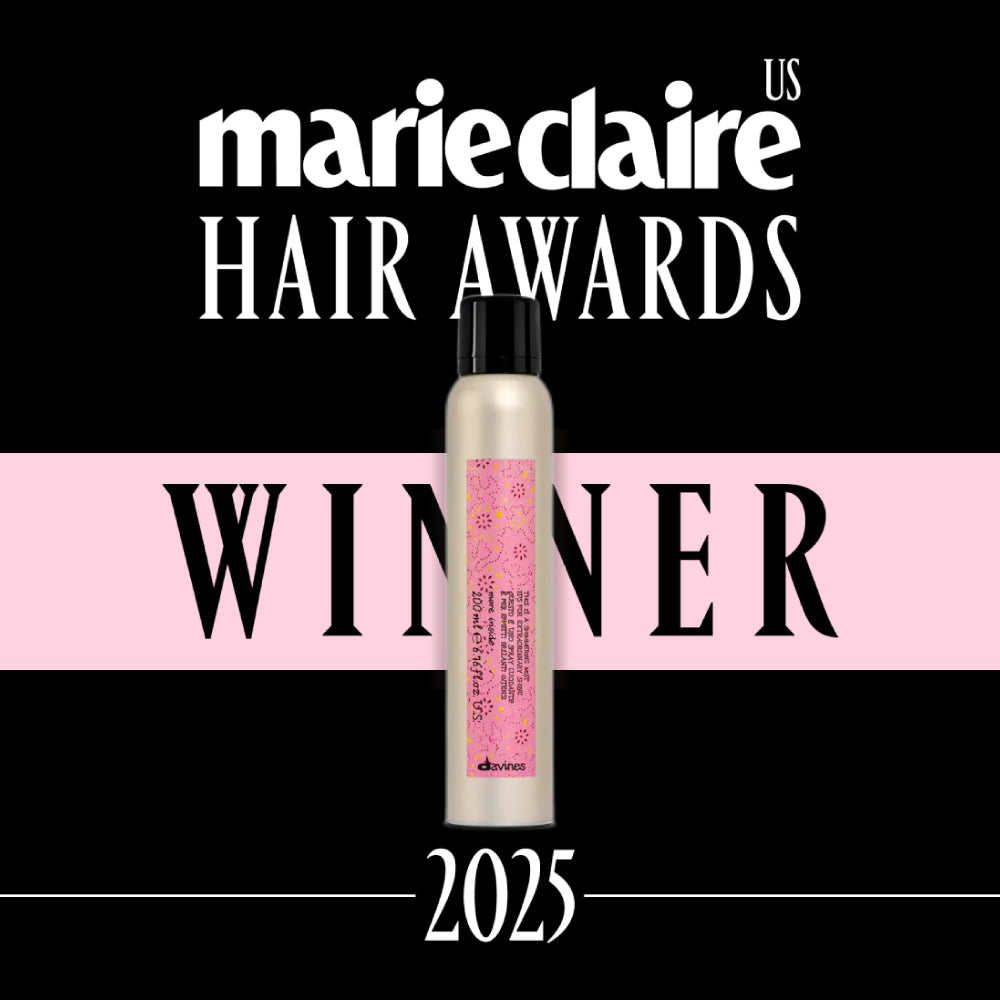

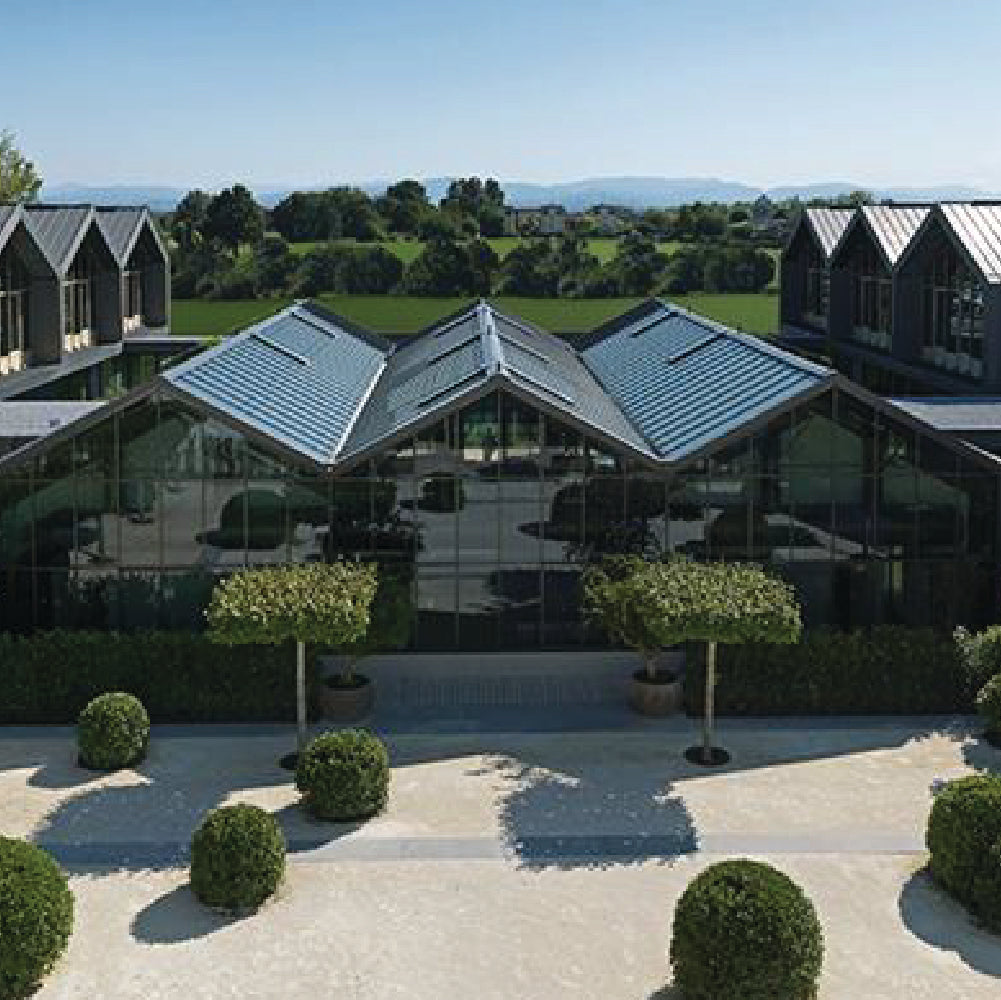
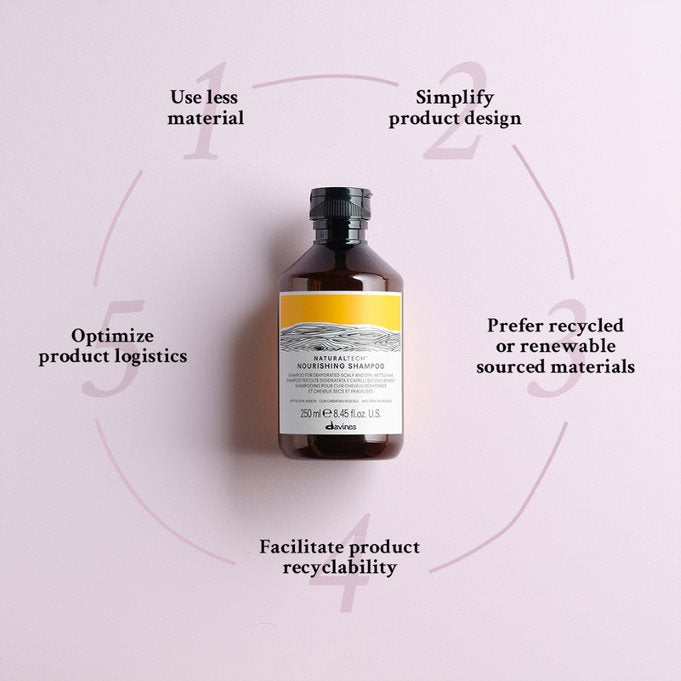
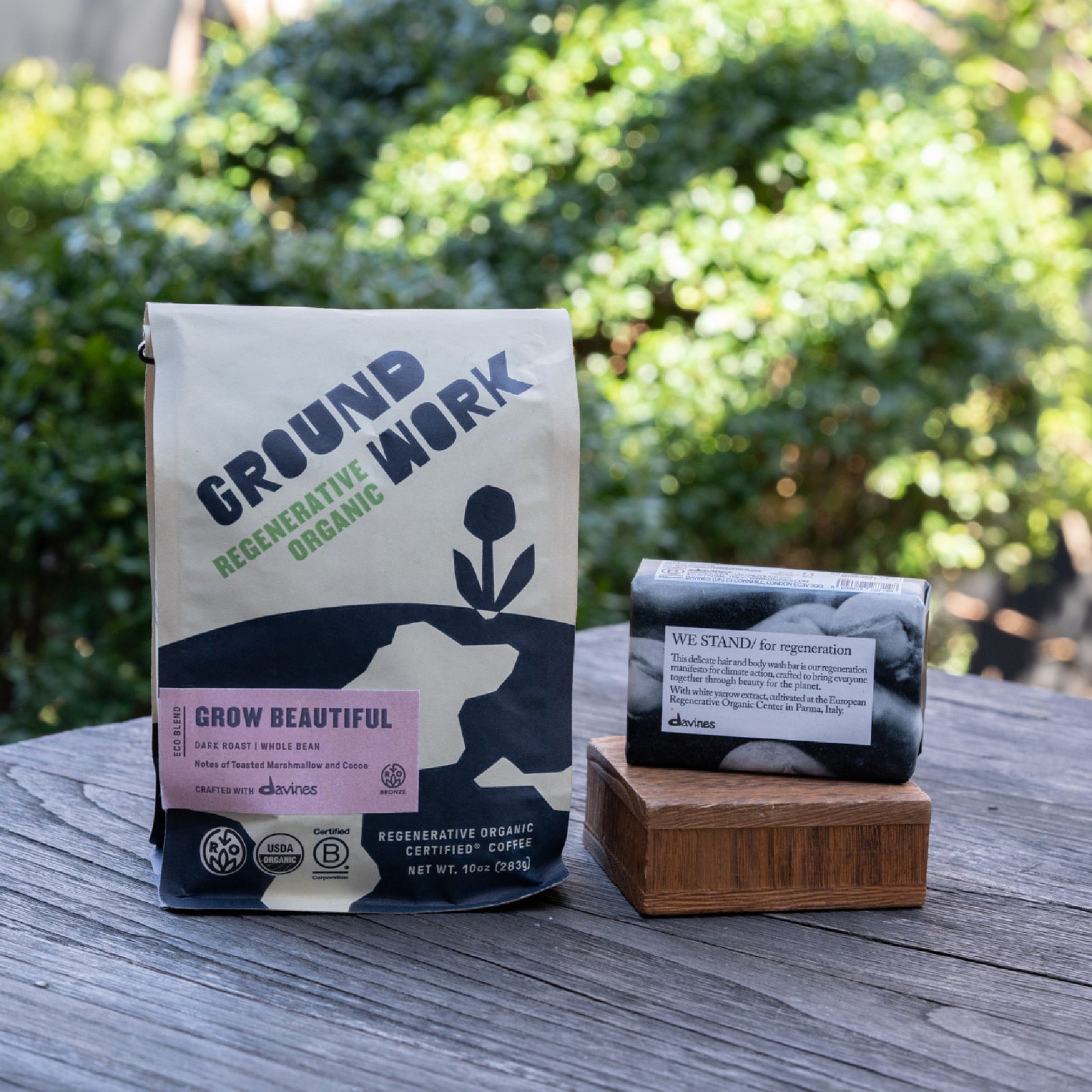
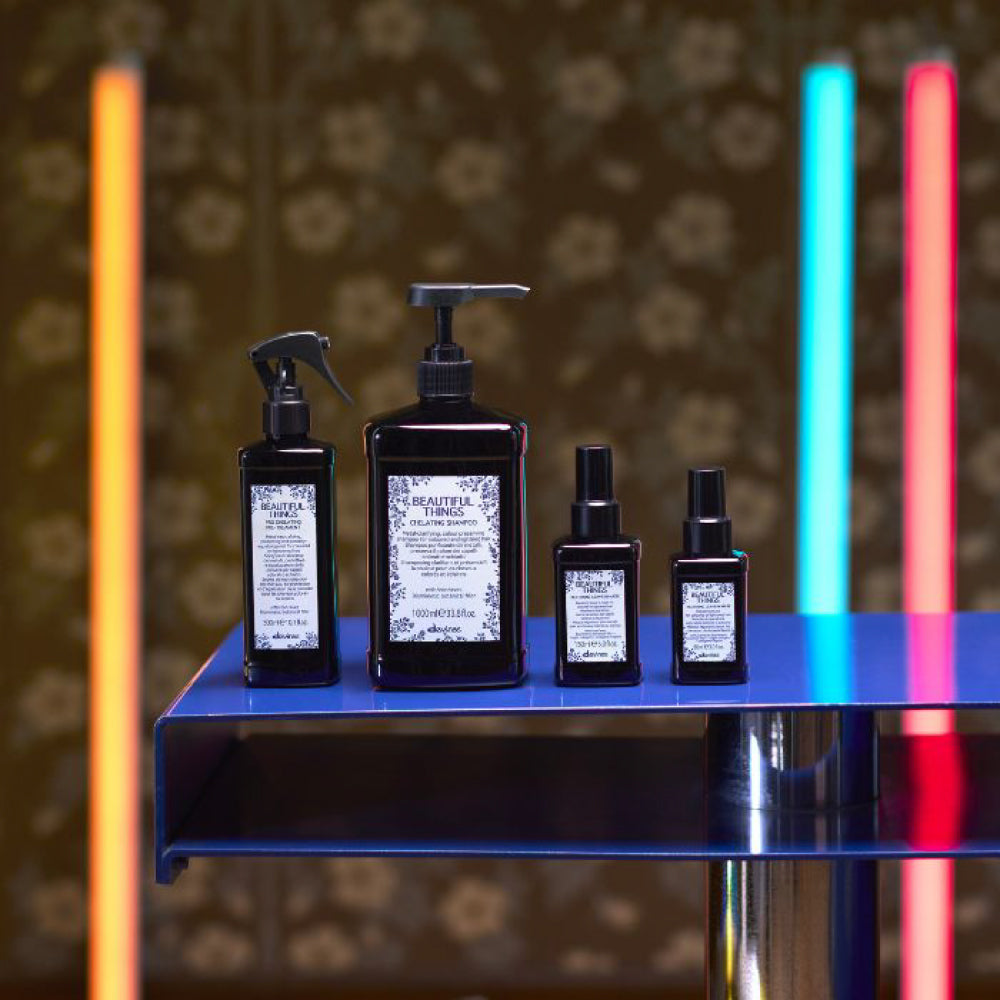
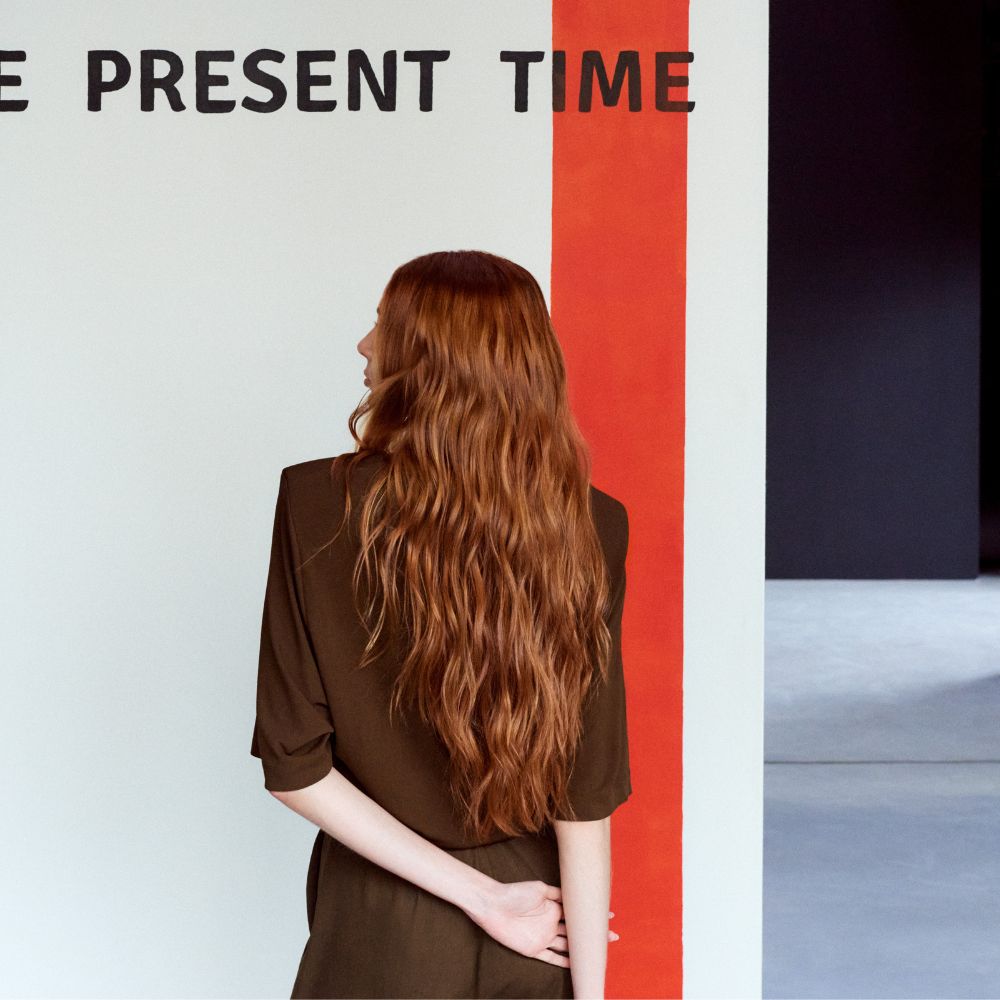
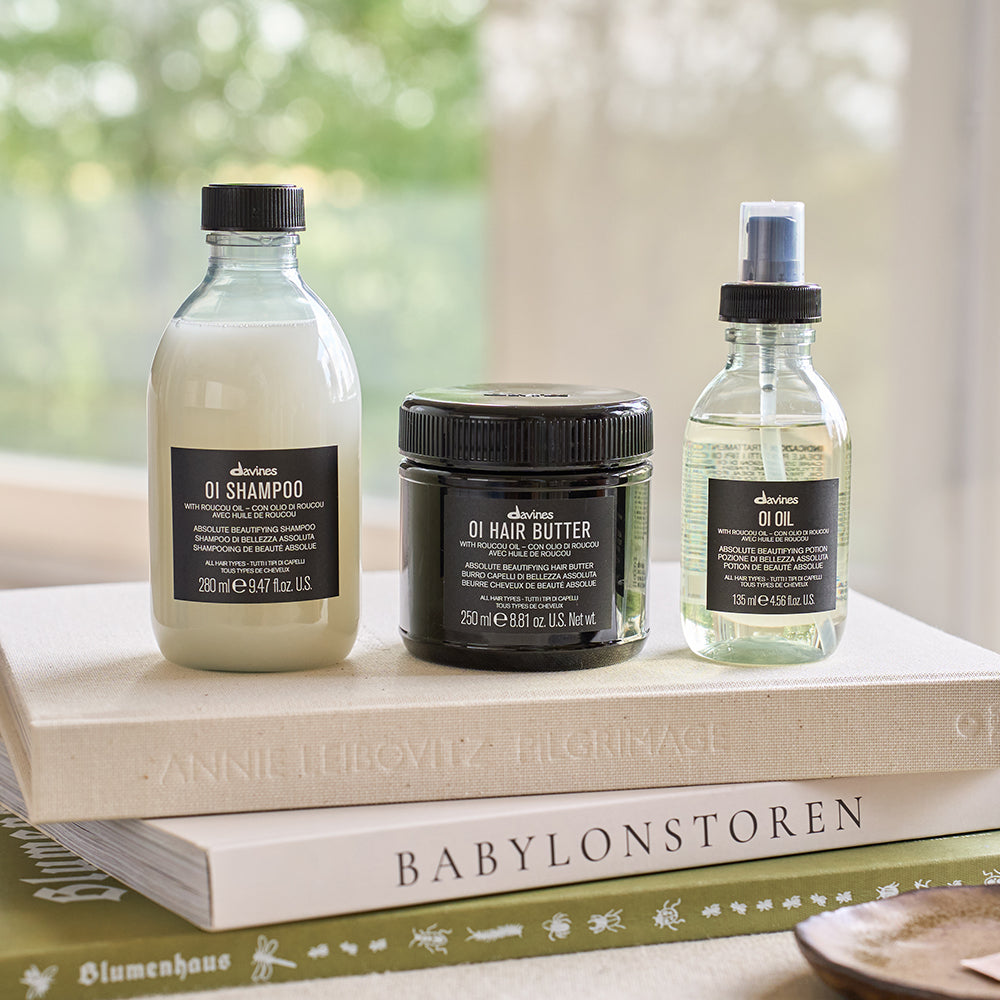
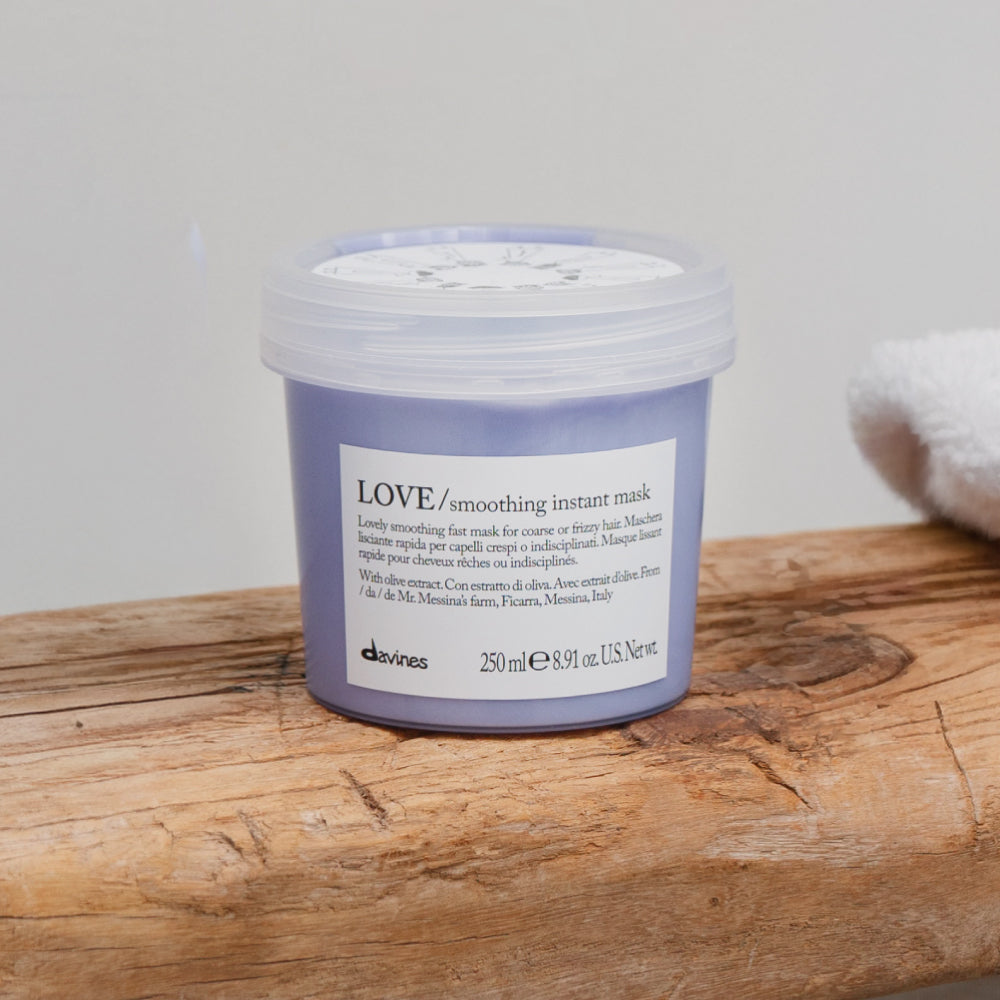
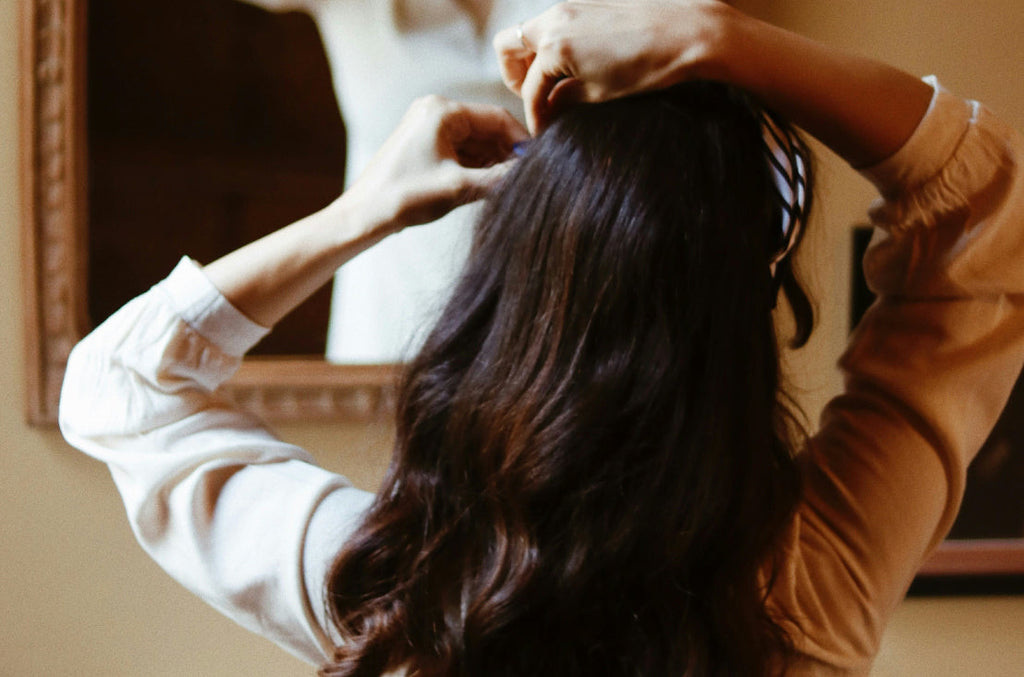
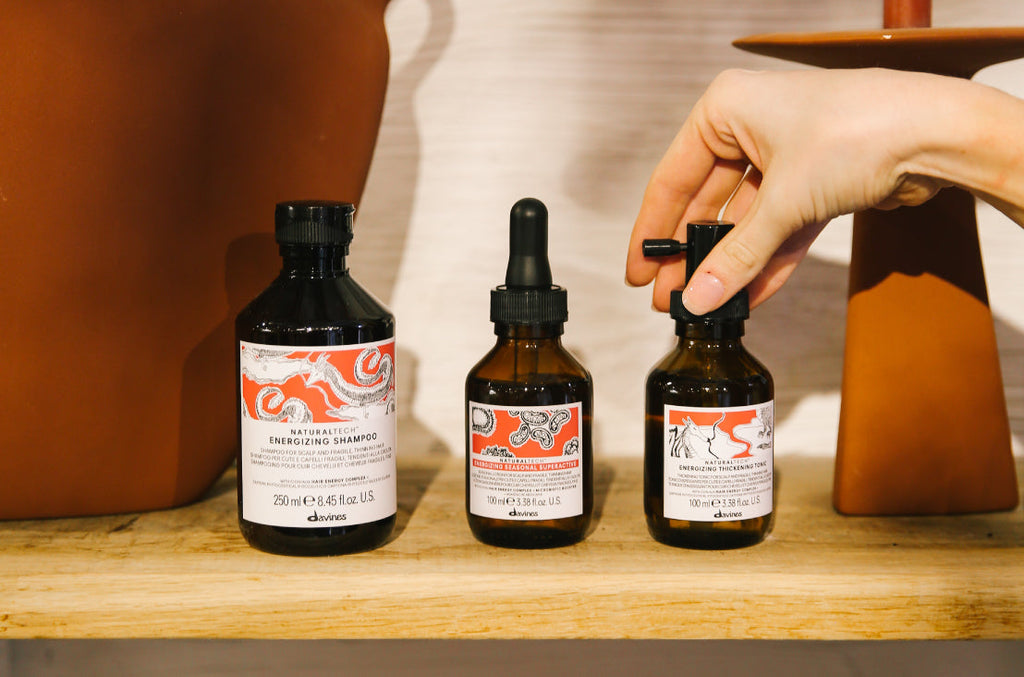
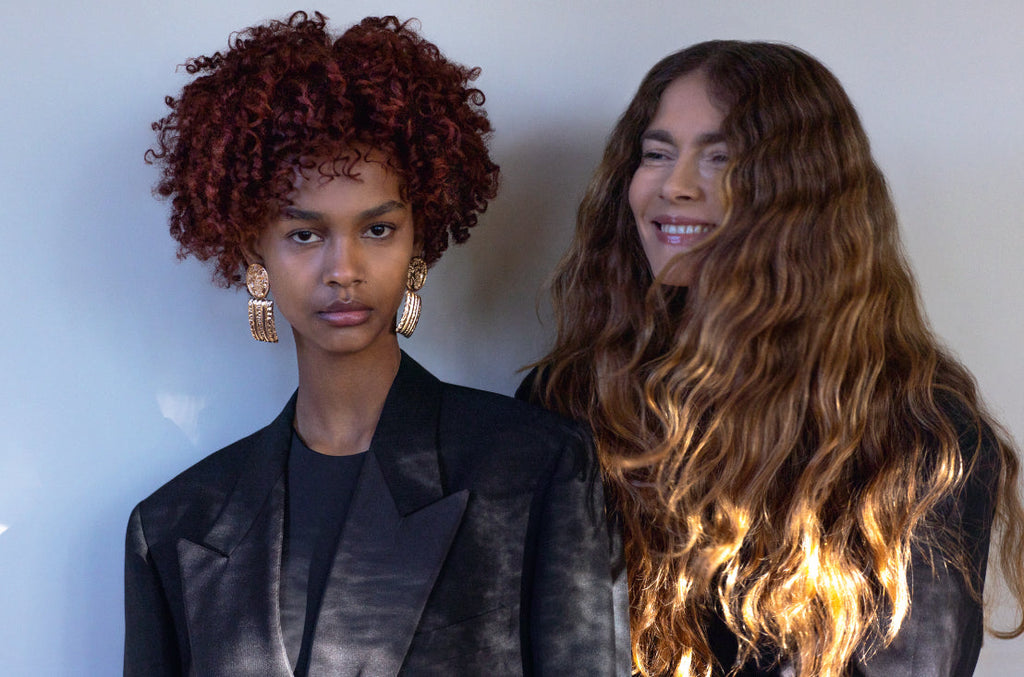
Leave a comment
Comments will be approved before showing up.